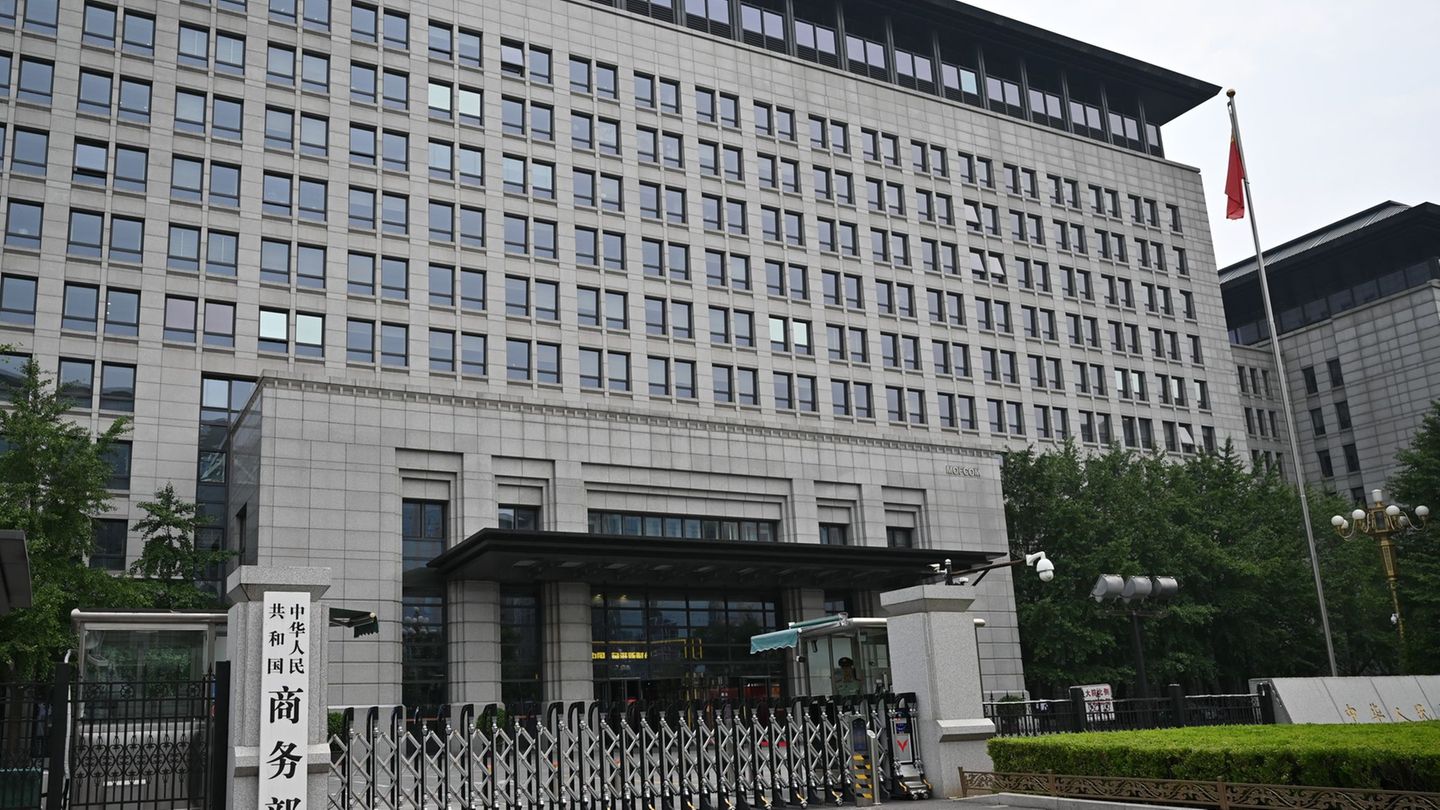Data on economic activity in April seemed to indicate that the bottom of the recession had been reached in March. However, several of the first indicators corresponding to May showed a decline in monthly terms and They cast serious doubts on the sustainability of the economic recovery process.
The cases of the automotive industry and the steel industry, two of the most important sectors in terms of scale, production chains and use of capital, were faithful witnesses of this dynamic.
According to figures published by business entities such as the Chamber of Steel, ADEFA and ACARA, Iron and steel production contracted 5% monthly in May, automobile production fell 9% and vehicle registrations decreased 4%.
Other data that worsened compared to April were the quantities imported (-4% according to INDEC) and the General Activity Index of the consulting firm Orlando Ferreres&Asociados (-1%).
What shape will the recovery of economic activity take?
“What we see is that Far from a ‘V’ recovery, the economy would stagnate at this low level for a while and become more of an ‘L’ or ‘Nike pipe’ shape. for the moment, since the non-agricultural economy is not taking off. It makes sense that there is a certain lateralization in various sectors, with alternation between months of growth and months of decline,” he said in dialogue with Ámbito. Alan Versallieconomist at EcoGo.
The director of the consulting firm Ledesma, Gabriel Caamano, agreed that for now the rebound is more like a “pipe” and also highlighted the negative numbers in metalworking and soybean grinding. “If we look at it month by month we are going to see a positive trend,” she added.
Neither consumption nor investment manage to be drivers of the rebound
This behavior of the economy shows that, despite the significant slowdown in inflation in May, domestic demand has not yet managed to recover. The consulting firm CP warned a few days ago that salaries rose around 6% in both April and May, against a Consumer Price Index (CPI) that rose 8.8% in April and 4.2% in May. a general level.
Thus, the income of Argentines shows stagnation, although heterogeneity is observed between the different segments of the labor market; While the salaries of private sector workers beat inflation in April according to INDEC, the salaries of public employees and informal workers suffered a new real deterioration.
“I think it is important that there is a consistent recovery in income. This implies more than just monitoring the evolution of registered wages versus inflation (as the government has been doing), but also a recovery of income from unregistered sectors is requiredwhich have been falling very sharply in real terms for a couple of years, as well as retirements,” said Versalli.
Investment at the moment also showed no signs of being able to be a driver of recovery. This week the INDEC reported that this component of GDP demand was the hardest hit at the beginning of the year, with a year-on-year collapse of more than 23% in the first quarter, largely caused by the paralysis of public works and the construction sector.
Challenges to attract investments and boost exports
Regarding the investment, Versalli highlighted the RIGI as the Government’s great tool for the landing of foreign bets in the country.
Looking to the future, the economist expressed the need to improve predictability at the exchange rate level since “no company is going to bring in a dollar without being clear that it can later remit profits and for this it is essential to draw up a roadmap towards exiting the stocks, which still seems diffuse in a context where the Central Bank still has negative reserves and has reduced its level of purchases in the last month”.
For his part, Caamaño pointed out that the dynamics of economic activity are very changing and that the “Government can make decisions that boost certain sectors and make activity accelerate during the second semester.” “The reduction of the PAIS tax can have this effect on export sectors by restoring profitability/competitiveness”he noted.
Source: Ambito




